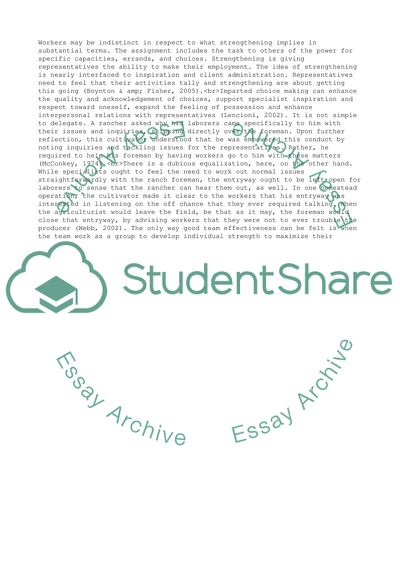Cite this document
(“Team Model Assignment Example | Topics and Well Written Essays - 1250 words”, n.d.)
Team Model Assignment Example | Topics and Well Written Essays - 1250 words. Retrieved from https://studentshare.org/business/1660626-team-model
Team Model Assignment Example | Topics and Well Written Essays - 1250 words. Retrieved from https://studentshare.org/business/1660626-team-model
(Team Model Assignment Example | Topics and Well Written Essays - 1250 Words)
Team Model Assignment Example | Topics and Well Written Essays - 1250 Words. https://studentshare.org/business/1660626-team-model.
Team Model Assignment Example | Topics and Well Written Essays - 1250 Words. https://studentshare.org/business/1660626-team-model.
“Team Model Assignment Example | Topics and Well Written Essays - 1250 Words”, n.d. https://studentshare.org/business/1660626-team-model.


